SS 433: A Microquasar on the Edge of a Black Hole
Mea AI adiutor dicit:
SS 433 is one of the most extraordinary and enigmatic objects in the Milky Way, a system whose extreme physics has made it a cornerstone of high-energy astrophysics for more than four decades. Located about 5,500 light-years away in the direction of the constellation Aquila, SS 433 is the first known microquasar—a stellar binary with powerful relativistic jets resembling those of supermassive black holes, but scaled to the mass of a single star. At the heart of the system is a compact object whose nature continues to generate debate: although a neutron star cannot be definitively ruled out, mounting evidence points toward SS 433 harboring a stellar-mass black hole, one that is actively feeding on material from its companion star and launching jets at speeds approaching one-quarter the speed of light. The extreme conditions in this system make SS 433 a natural laboratory for studying accretion physics, jet formation, and the limits of matter under relativistic stresses.
One of the defining features of SS 433 is its precessing jet system, a dynamic structure that distinguishes it from nearly all other known X-ray binaries. As the compact object accretes material from its massive donor star—likely an A-type supergiant—the inflowing gas forms a dense, hot accretion disk. From the inner regions of this disk, two opposing jets are launched at roughly 0.26c, a velocity that directly reveals the presence of an intense gravitational well. The jets do not simply stream outward in a straight line; instead, the axis of the disk—and therefore the jets—precesses like a spinning top, tracing a conical pattern every 162 days. As the jets sweep across the sky, their emission undergoes extreme Doppler shifting, which astronomers detect as visibly changing redshifts and blueshifts in the spectral lines of hydrogen and heavier elements. This unique behavior is what enabled SS 433 to become the first system in which relativistic jet speeds were measured outside of an active galactic nucleus.
The environment surrounding SS 433 adds yet another layer of complexity. The system lies at the center of the radio nebula W50, a distorted supernova remnant whose elongated, "manatee-shaped" structure appears to have been sculpted over tens of thousands of years by the persistent, high-energy jets emerging from SS 433. The interaction between these jets and the expanding supernova remnant creates shock waves, particle acceleration sites, and X-ray bright knots that provide insight into how jets deposit energy into their surroundings. Observations from XMM-Newton, Chandra, and radio observatories have revealed that the jets remain collimated over astonishing distances—on the order of dozens of light-years—before finally dispersing into the ambient medium. This durability indicates a stable launching mechanism and considerable energy output, both of which bolster the argument for a black hole rather than a neutron star as the jet-driving engine.
The debate over the compact object’s identity centers on mass estimates derived from orbital dynamics, emission modeling, and binary evolution theory. Early measurements suggested a mass around 10 M☉, comfortably within black hole territory, though later studies have proposed somewhat lower values consistent with heavy neutron stars. Yet the prevailing interpretation emphasizes the system’s extraordinary luminosity, steady high-rate accretion, and jet power—properties more naturally explained by a black hole feeding at or above its Eddington limit. SS 433 is one of the very few objects in the Galaxy that appears to host a supercritical accretion disk, a configuration in which the infalling matter produces thick disk winds and intense radiation pressure, conditions difficult for neutron stars to sustain. Simulations indicate that such a disk geometry can produce the observed precession and collimated outflows, providing a cohesive theoretical framework that aligns with decades of observation.
In the broader astrophysical context, SS 433 continues to serve as a bridge between stellar-mass black holes in our galaxy and the majestic quasars found in distant galaxies. Although microscopic by comparison, its disk–jet dynamics follow the same physical rules that govern the supermassive black holes in active galactic nuclei. Because SS 433 is nearby, bright, and persistently active, it offers a uniquely accessible view of the relativistic processes that shape cosmic evolution on every scale. As modern observatories—from high-resolution X-ray satellites to sensitive radio telescopes—continue to study the system, SS 433 provides ongoing opportunities to refine our understanding of how black holes feed, how jets form, and how extreme gravitational environments sculpt the universe around them. In many respects, SS 433 remains not just an astrophysical curiosity but a cornerstone for testing the laws of physics under conditions that cannot be reproduced anywhere on Earth.
Video credit: X-ray: (IXPE): NASA/MSFC/IXPE; (Chandra): NASA/CXC/SAO; (XMM): ESA/XMM-Newton; IR: NASA/JPL/Caltech/WISE; Radio: NRAO/AUI/NSF/VLA/B. Saxton. (IR/Radio image created with data from M. Goss, et al.); Image Processing/compositing: NASA/CXC/SAO/N. Wolk & K. Arcand; Sonification: NASA/CXC/SAO/K.Arcand, SYSTEM Sounds (M. Russo, A. Santaguida)
Featured blog posts
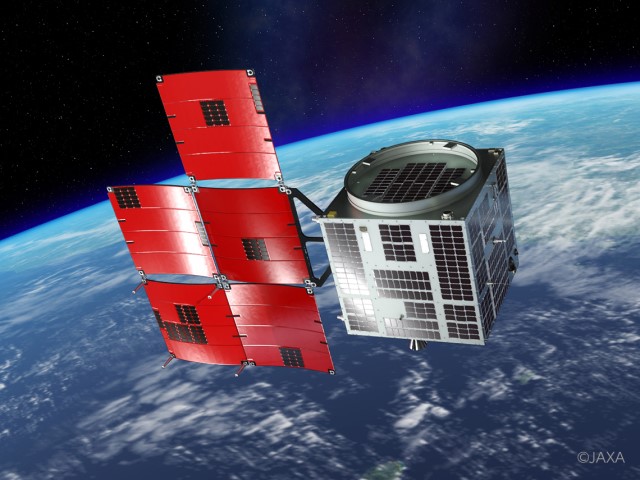 Today we are joined byYasunori Yamazaki, Chief Business Officer at Axelspace. Axelspace are pioneers of microsatellite technology advancing the frontiers of space business, reimagining traditional ways of using space, and creating a society where everyone on our planet can make space part of their life.
Today we are joined byYasunori Yamazaki, Chief Business Officer at Axelspace. Axelspace are pioneers of microsatellite technology advancing the frontiers of space business, reimagining traditional ways of using space, and creating a society where everyone on our planet can make space part of their life. 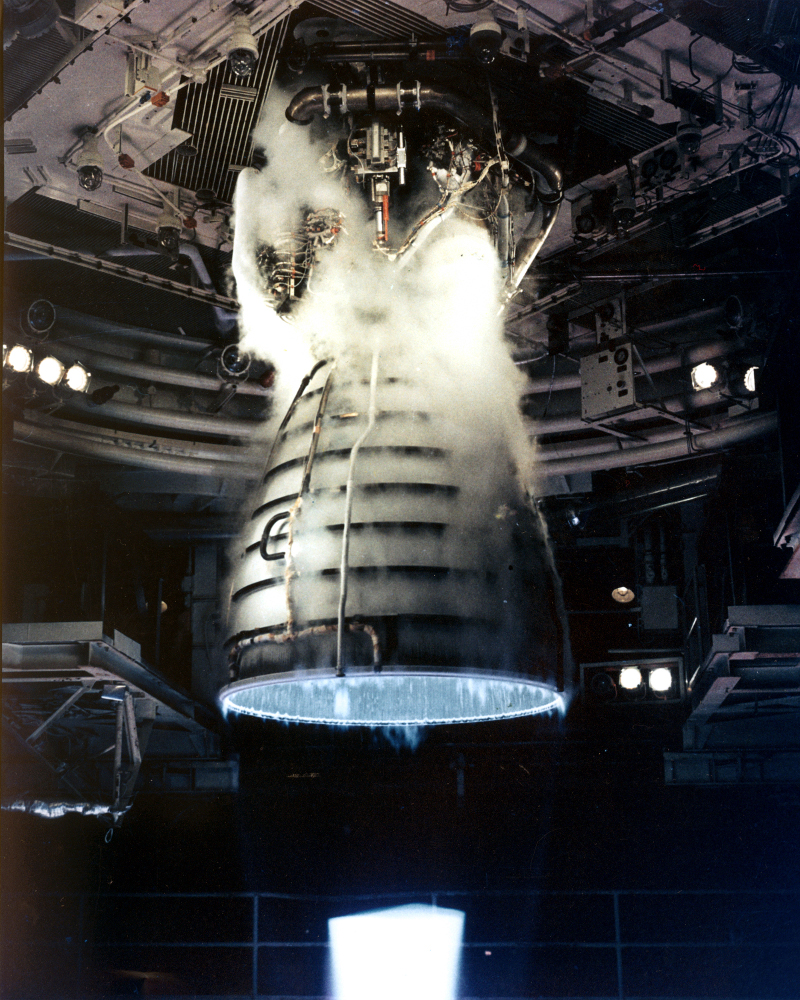 The complexity of aerospace systems is increasing exponentially. Both hardware and software subsystems are becoming more complex and encompassing systems' behaviour becomes difficult to model due to the dependencies, relationships, and other interactions between their components. Predictable behaviour of complex aerospace systems translates into the reliability of each of their subsystems.
The complexity of aerospace systems is increasing exponentially. Both hardware and software subsystems are becoming more complex and encompassing systems' behaviour becomes difficult to model due to the dependencies, relationships, and other interactions between their components. Predictable behaviour of complex aerospace systems translates into the reliability of each of their subsystems. 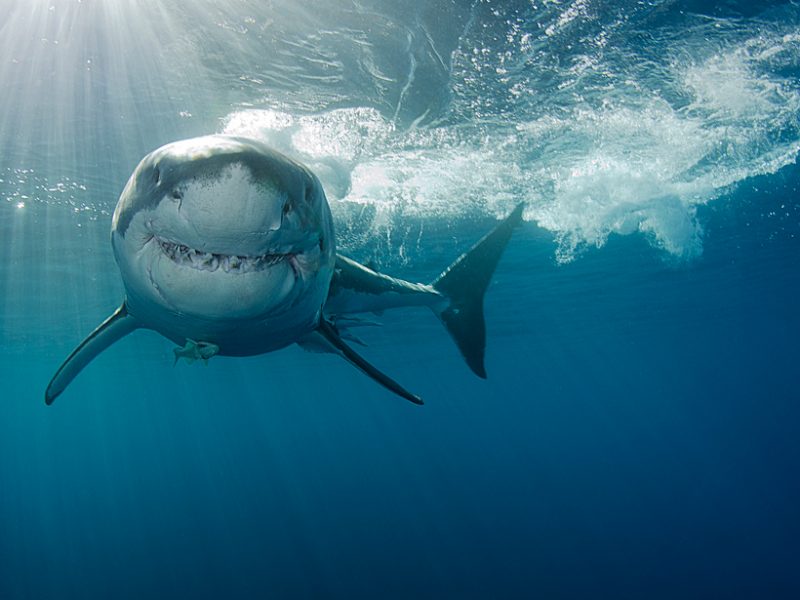 Journalists present their findings about fraudulent pseudo-academic conferences and journals. There are fake science factories that are cashing in on millions of dollars every year, while giving studies scientific credibility. We should not underestimate the damage these pseudo-academic conferences can do to society.
Journalists present their findings about fraudulent pseudo-academic conferences and journals. There are fake science factories that are cashing in on millions of dollars every year, while giving studies scientific credibility. We should not underestimate the damage these pseudo-academic conferences can do to society.  Cryptocurrencies are here to stay and it is quite plausible that future human colonists spread across the solar system and beyond will use a decentralized cryptocurrency as opposed to a fiat currency issued by a central authority. The low transaction fees, the ubiquitous access, not being bound by exchange rates or interest rates, not being controlled by financial institutions who are serving foreign interests -- these are some of the advantages cryptocurrencies will enjoy in the thriving exo-economy.
Cryptocurrencies are here to stay and it is quite plausible that future human colonists spread across the solar system and beyond will use a decentralized cryptocurrency as opposed to a fiat currency issued by a central authority. The low transaction fees, the ubiquitous access, not being bound by exchange rates or interest rates, not being controlled by financial institutions who are serving foreign interests -- these are some of the advantages cryptocurrencies will enjoy in the thriving exo-economy. 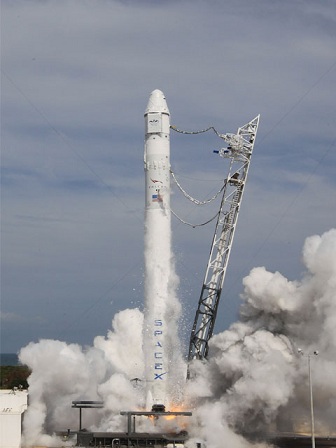 Disruptive technology is a very bizarre (and scary) concept, but it is not a bizarre or scary idea. The concept was introduced by Clayton Christensen. In one of his books, The Innovator’s Dilemma, The Revolutionary Book That Will Change the Way You Do Business, Christensen proves that, under certain circumstances, companies that do things right can lose their market share or even get out of business. He also presents a set of rules that can help companies capitalizing on disruptive innovation. While I am not trying to give a lecture on economics, I would like to understand how to apply (if possible) the principles of disruptive technologies to the space industry. A very good example is quite at hand… SpaceX.
Disruptive technology is a very bizarre (and scary) concept, but it is not a bizarre or scary idea. The concept was introduced by Clayton Christensen. In one of his books, The Innovator’s Dilemma, The Revolutionary Book That Will Change the Way You Do Business, Christensen proves that, under certain circumstances, companies that do things right can lose their market share or even get out of business. He also presents a set of rules that can help companies capitalizing on disruptive innovation. While I am not trying to give a lecture on economics, I would like to understand how to apply (if possible) the principles of disruptive technologies to the space industry. A very good example is quite at hand… SpaceX. 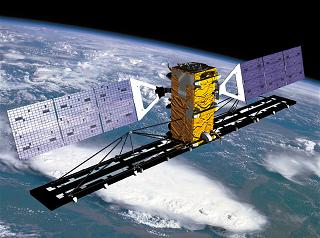 Canada is actively involved in space debris mitigation research and development activities. Canada hosted the International Conference on Protection of Materials and Structures from the Space Environment (ICPMSE) in May 2008, and contributed to the 37th Committee on Space Research (COSPAR) Scientific Assembly in July 2008.
Canada is actively involved in space debris mitigation research and development activities. Canada hosted the International Conference on Protection of Materials and Structures from the Space Environment (ICPMSE) in May 2008, and contributed to the 37th Committee on Space Research (COSPAR) Scientific Assembly in July 2008. Latest blog posts
 NASA’s Mars Sample Return mission is a proposed multi-agency effort to collect scientifically curated samples gathered by the Perseverance rover, launch them into Martian orbit, and return them to Earth for unprecedented laboratory analysis that could reveal Mars’ geological history, environmental evolution, and potential past life.
NASA’s Mars Sample Return mission is a proposed multi-agency effort to collect scientifically curated samples gathered by the Perseverance rover, launch them into Martian orbit, and return them to Earth for unprecedented laboratory analysis that could reveal Mars’ geological history, environmental evolution, and potential past life. 


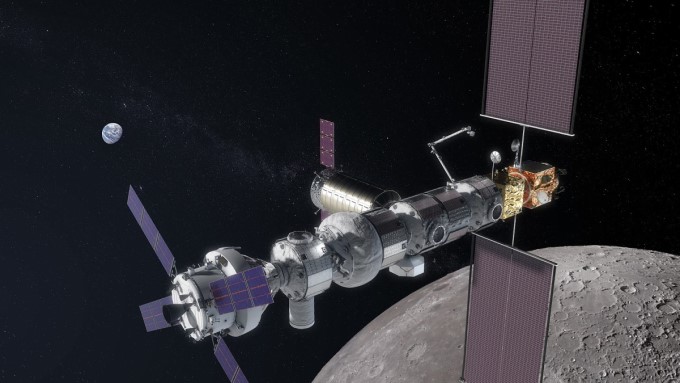


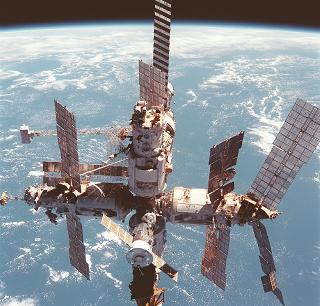











 Subscribe to blog posts using RSS
Subscribe to blog posts using RSS











